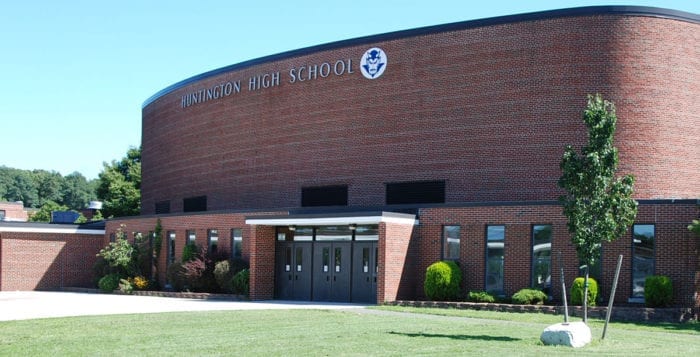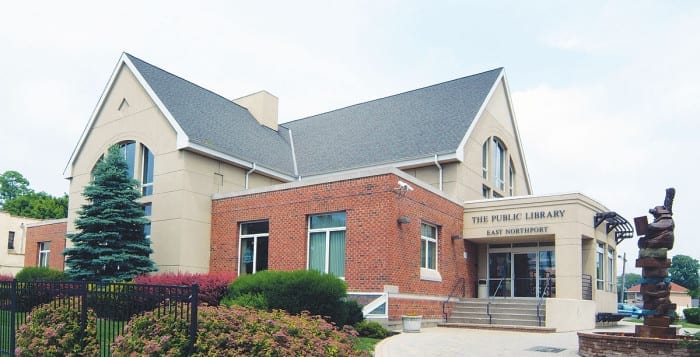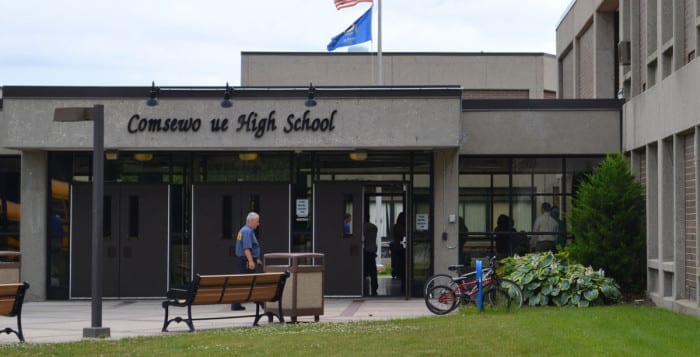Kings Park
The Kings Park school district has only one seat available this year for a board of education candidate, and three residents vying for the opportunity.
Trustee Joe Bianco is looking to continue his work with a second term.
 “I believe my experience on the board over the last three years has affirmed that given my background in accounting and law … I have the technical skills and experience to help the [board] address many of the issues it faces today,” he said in his candidate statement.
“I believe my experience on the board over the last three years has affirmed that given my background in accounting and law … I have the technical skills and experience to help the [board] address many of the issues it faces today,” he said in his candidate statement.
Bianco has worked as a lawyer since 1995 and has volunteered for different athletic activities in Kings Park including the Kings Park Youth Athletic Association.
“If re-elected, the board’s first priority is to finalize a new contract with our teachers,” he said in an email. “Sustainable, predictable and equitable revenue streams and contracts are critical to our long-term success as a district and to the long-term security and empowerment of our staff.” He also talked about the importance of continuing the bond project and facility upgrades.
“We must continue to challenge ourselves, our administration leadership, our staff and our students to embrace new ideas and developments in a manner that stays true to the goals and values that are important to our community,” Bianco said.
Katy Cardinale is looking to unseat Bianco, a 10-year Kings Park resident herself.
 Cardinale has volunteered for several district committees, including the facilities and legislative committees.
Cardinale has volunteered for several district committees, including the facilities and legislative committees.
“Positive things are happening and the tone is enthusiastic and collaborative [in the district],” Cardinale said in her candidate statement. “I aim to continue the momentum in that direction.”
But Cardinale said she is concerned about state and federal overreach and its effect on the Kings Park district. She said the current board’s decision to not pass a resolution rejecting Secretary of Education Betsy Devos inspired her to run.
The candidate said she also thinks the board needs to protect school funding more vigorously.
“I feel that our school board needs to be very loud when it comes to protecting every last penny,” she said in her candidate statement.
J.P. Andrade is the third candidate looking to represent the Kings Park community.
 Andrade is a Kings Park graduate and recently worked as a diversity advisor and surrogate for then candidate Donald Trump. He has been a television contributor for multiple news stations. He said he also volunteers for various Smithtown groups.
Andrade is a Kings Park graduate and recently worked as a diversity advisor and surrogate for then candidate Donald Trump. He has been a television contributor for multiple news stations. He said he also volunteers for various Smithtown groups.
Where Kings Park is concerned, Andrade said his diverse background can be an asset to the board.
“My various work in the government, political field, and the community will be beneficial in serving this community,” he said. “I want to be able to bring some youth, diversity and innovation to Kings Park.”
Andrade said he wants to continue to keep a close eye on common core curriculum, calling the implementation a “disaster,” and wants to bridge the gap between the schools and the community.
“[I want to] ensure that the students are equipped with the best possible educational team, and to make sure they get the top-notch education they deserve,” he said.
Smithtown
In Smithtown three seats are up for election this May, with two of the three uncontested.
Long-time incumbent Gladys Waldron is hoping to continue her service, with no challenger looking to unseat her.
 “I’d like to continue with the board, providing a financially responsible budget,” Waldron said in a phone interview. She also said she’s in support of many of the programs being expanded at the district now, including AP Capstone seminars and other educational opportunities for students.
“I’d like to continue with the board, providing a financially responsible budget,” Waldron said in a phone interview. She also said she’s in support of many of the programs being expanded at the district now, including AP Capstone seminars and other educational opportunities for students.
“We’ve also replaced study halls with elective programs which has been a great success, and been able to maintain small elementary class sizes, all without piercing the tax levy cap,” she said.
Incumbent Vice President Joanne McEnroy is also looking to move forward with the district.
 “Serving on the Smithtown Board of Education gives me a sense of pride,” she said in an email. “I love the place that I have called home for over five decades and in particular, I love our schools.”
“Serving on the Smithtown Board of Education gives me a sense of pride,” she said in an email. “I love the place that I have called home for over five decades and in particular, I love our schools.”
McEnroy, who first ran six years ago, said she is proud of what she has accomplished so far.
“I am very proud to have lived up to the campaign promises … which was to balance fiscal responsibility with quality education,” she said. “We have remained within the tax cap while continuing to restore or build on our already outstanding educational program to make it even better. The expansion this year of our full-time integrated co-teaching program so that it now encompasses kindergarten thru grade 12, is a source of pride and accomplishment for me as it was just one of the many program improvement goals that I hoped to achieve as a board trustee.”
She is also running unopposed.
Incumbent Grace Plourde is the third incumbent running for re-election; however, she does face a challenger. Newcomer Matthew Gribbin has thrown his hat into the ring.
 Plourde said simply why she’s running again.
Plourde said simply why she’s running again.
“The job is not done yet,” she said in a phone interview. “I’ve been on the board six years and we’ve gotten through some tough times.”
Plourde referred to the state-mandated tax levy cap as one of the issues the district has had to work on to create a budget that still benefits the district and the students.
“It’s all about sustainability,” she said. “We have to make sure we go forward and match revenue to expenses to maintain high-quality programs while staying within the cap.”
Gribbin did not return requests for comment.

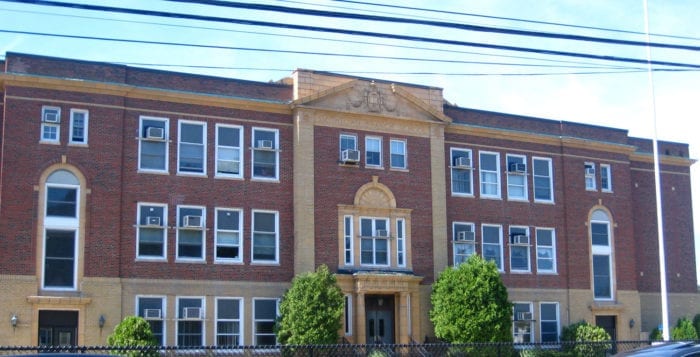


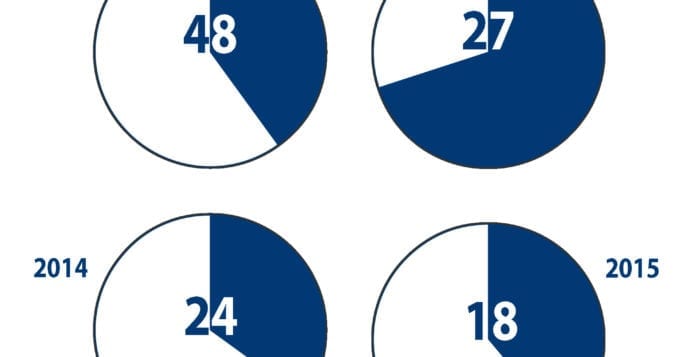
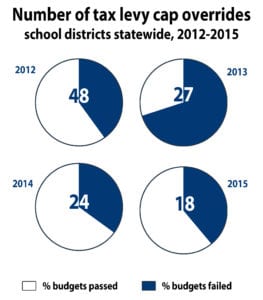 The state cap limits the amount a school district or municipality can increase its tax levy, which is the total amount collected in taxes, from budget to budget. While commonly referred to as a “2 percent tax cap,” it actually limits levy increases to 2 percent or the rate of inflation — whichever is lower — before certain excluded spending, like on capital projects and pension payments.
The state cap limits the amount a school district or municipality can increase its tax levy, which is the total amount collected in taxes, from budget to budget. While commonly referred to as a “2 percent tax cap,” it actually limits levy increases to 2 percent or the rate of inflation — whichever is lower — before certain excluded spending, like on capital projects and pension payments.